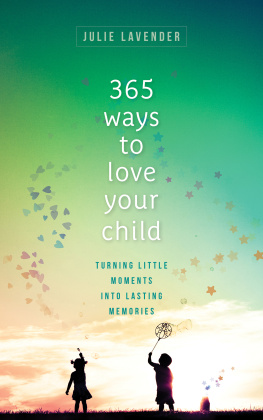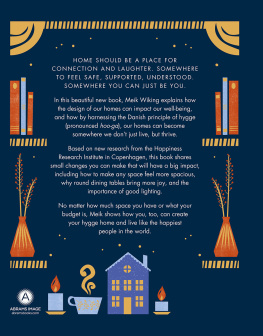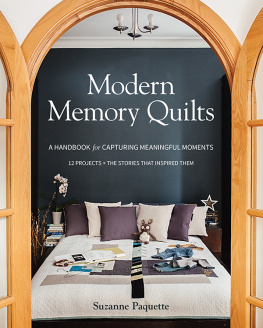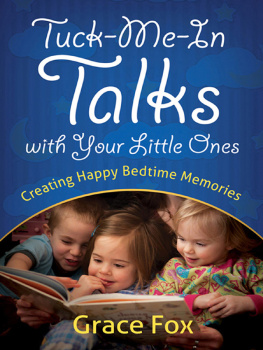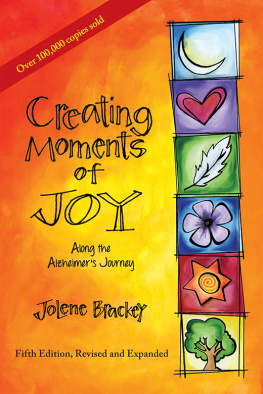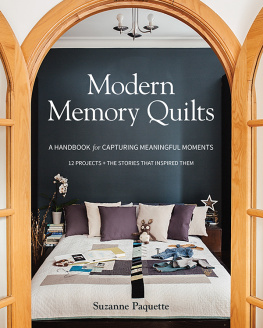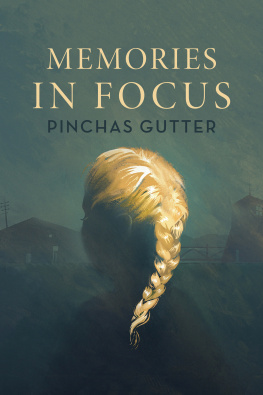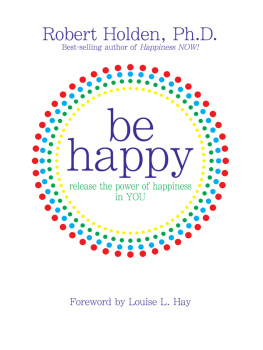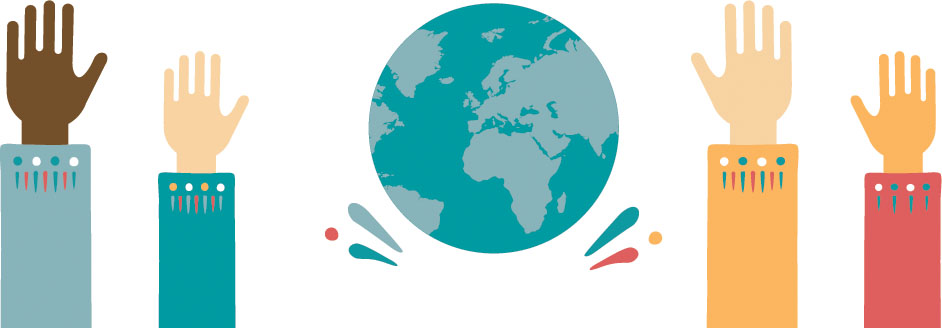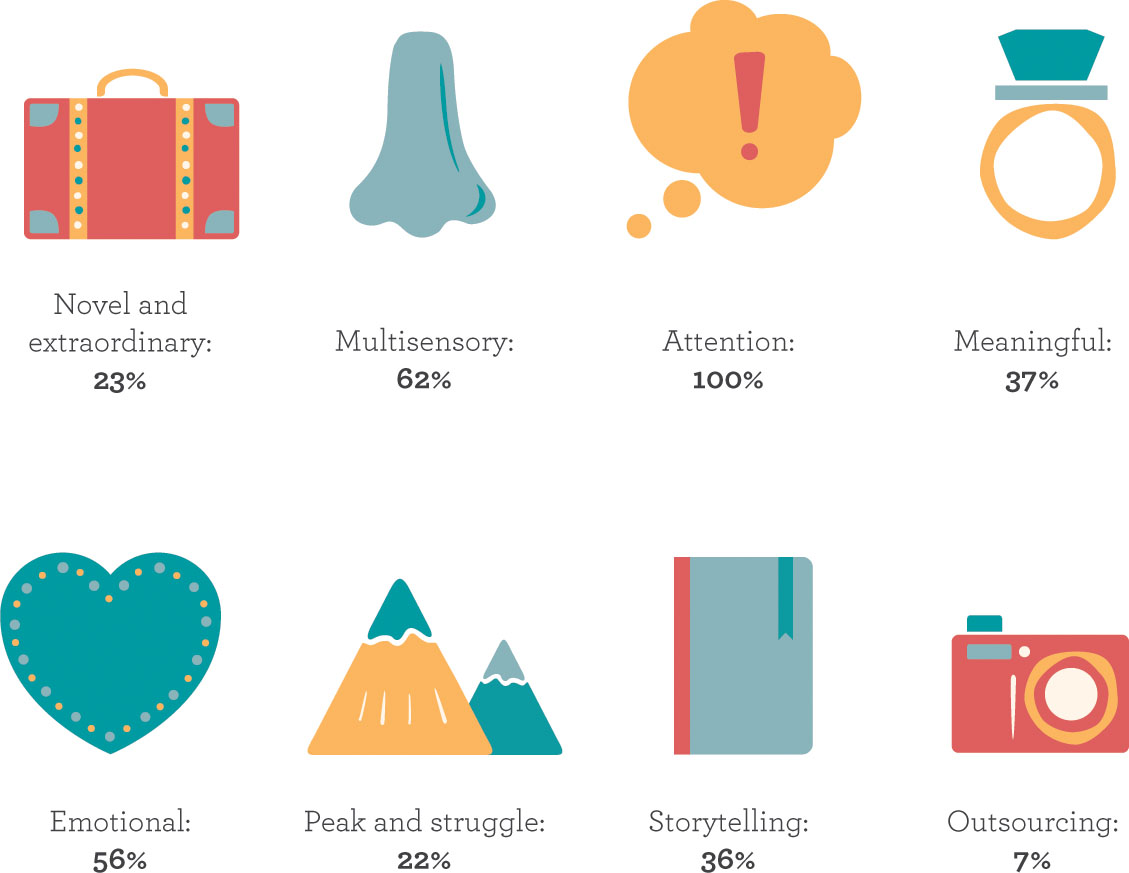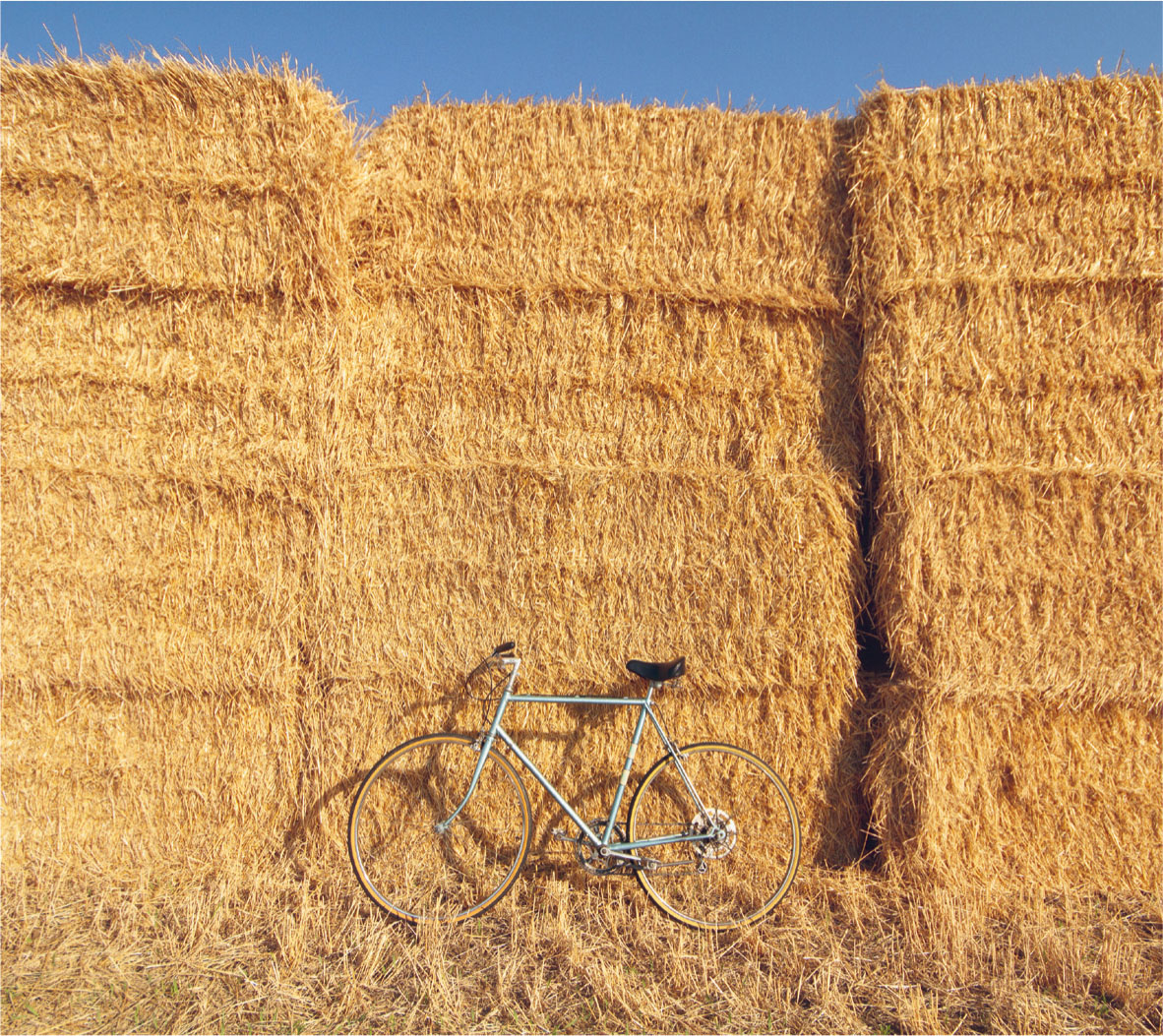Contents
For journal entries, fill-in-the-blank lines, and fill-in-space sections please use your e-readers Notes feature.
To paraphrase one of the greatest philosophers of the twentieth century, Winnie-the-Pooh: you dont know you are making memories, you just know you are having fun.
That was what I was doing until this year, when something happened: this year, I turned forty. Now, things are changing.
Last week, I found a hair right in the middle of my forehead. And were not talking about one hair that decided to move to the suburbs of the eyebrows here. No, were talking about a hair that wanted to leave civilization behind. Go off grid. Into the wild. The Thoreau of eyebrow hairs. Turning forty means tweezers are your new best friend.
When you turn forty your language changes; you are now entitled to use the word nowadays. You see colors differently: hair is not greyit is executive blond. You find joy in new things, like leaving the oven door open after roasting vegetables to get the benefit of the heat.
But turning forty also means that I have lived half my life, statistically speaking. Life expectancy for men in Denmark is around eighty years and, while I may not believe in life after death, I strongly believe in making the most of life before death.
So far, that life for me has yielded 40 years, or 480 months, or 14,610 days. Some days pass us by without leaving a traceand some happy moments stick with us forever. Our lives are not the days that have passed, but the days we will remember forever. That got me thinking: Which of those 14,610 days do I remember? And why? How can I make more of my days more memorable in the future? How can we retrieve happy memories from the past and create happy memories in the present?
I remember every first kissbut have trouble remembering anything that happened in March 2007. I remember the first time I tasted a mangobut have no recollection of any meal I had when I was ten years old. I remember the smell of grass in the field we kids would play inbut I struggle to remember the kids names.
So what are memories made of? Why is it that a piece of music, a smell, a taste, can take us back to something we had forgotten? And how can we learn to create happy memories and be better at holding on to them?
I have asked and tried to answer these questions as a happiness researcher. My job is to study happiness, to understand what makes people happy, to uncover the good life and understand how we can make life better. At the Happiness Research Institute, which is a think tank dedicated to well-being, happiness and quality of life, we explore the causes of happiness and work towards improving the quality of life of people across the world.
Some days we remember because they were sad. They are part of our human experience, part of our memory and part of what makes us who we are. However, as a happiness researcher, my main interest is in exploring what ingredients produce happy memories.
Happiness research suggests that people are happier with their lives if they tend to hold a positive, nostalgic view of the past. Nostalgia is a universal and ancient human emotion and, today, academics across the world are studying how it can produce positive feelings, boost our self-esteem and increase our sense of being loved by another. This means that long-term happiness can depend on your ability to form a positive narrative of your life.
I focused my research on finding out what happy memories are made of. It has been a tricky question to pose. How do you ask strangers about memories without sounding all Hannibal Lecter? Tell me about your childhood memories, Clarice.
I have also asked and tried to answer these questions as an archaeologist venturing into my own past, searching to retrieve lost treasures in the form of happy memories.
Ive revisited my childhood homea home the family sold twenty years agoto discover how the scent of a place could trigger memories. Thank you to the new owners, who did not slam the door in my face when I asked, Can I come in and smell your house?
With this search for lost treasures comes the understanding that our childhood memories are created, shaped and retrieved in collaboration with our parents. My mother died two decades ago, and with her an entire continent of memories vanished. In that sense, this story is also a search for Atlantis. A quest for memories lost.
I wanted to retrieve and restore them because our memories are the cornerstones of our identity. They are the glue that allows us to understand and experience being the same person over time. They are our superpower, which allows us to travel in time and sets us free from the limitations of the present moment. They shape who we are and how we act. They influence our mood and help form our dreams for the future.
1,000 HAPPY MEMORIES
In 2018, we conducted a massive global study around happy memories at the Happiness Research Institute: the Happy Memory Study.
Please describe one of your happy memories, we asked. We were not searching for any particular memory, so we asked people simply to write down the first happy memory that came to mind.
I was overwhelmed by the response we got. The Happy Memory Study is, as far as I know, the biggest global collection of happy memories to date.
We received more than a thousand answers from all over the world. Responses came from seventy-five countries, from Belgium, Brazil and Botswana to Norway, Nepal and New Zealand. Happy memories were pouring in.
Happy memories from different corners of the planet, from different generations, from different genders, from people who were sad and from people who were high on life. However, despite the diversity in sources, I could relate to every happy memory. I understood why each moment was a happy memory for that person. We might be Danish, Korean or South African, but we are first and foremost human.
When we took a closer look at the happy memories, patterns started to emerge in the stories. People were remembering experiences that were novel, meaningful, emotional and engaged the senses.
For instance, 23 percent of the memories were novel or extraordinary experiences such as visiting a country for the first time; 37 percent were meaningful experiences such as weddings and births; and 62 percent involved several of our senses: for example, one woman saw, smelled and tasted the poblano peppers which her mother used to roast on the stove when she was a child.
We also asked people why they thought they were remembering a particular memory and 7 percent mentioned that they had now been turned into stories or outsourced in mementos, diaries and photographs.
Note: One memory can tick several boxes.
Next page


